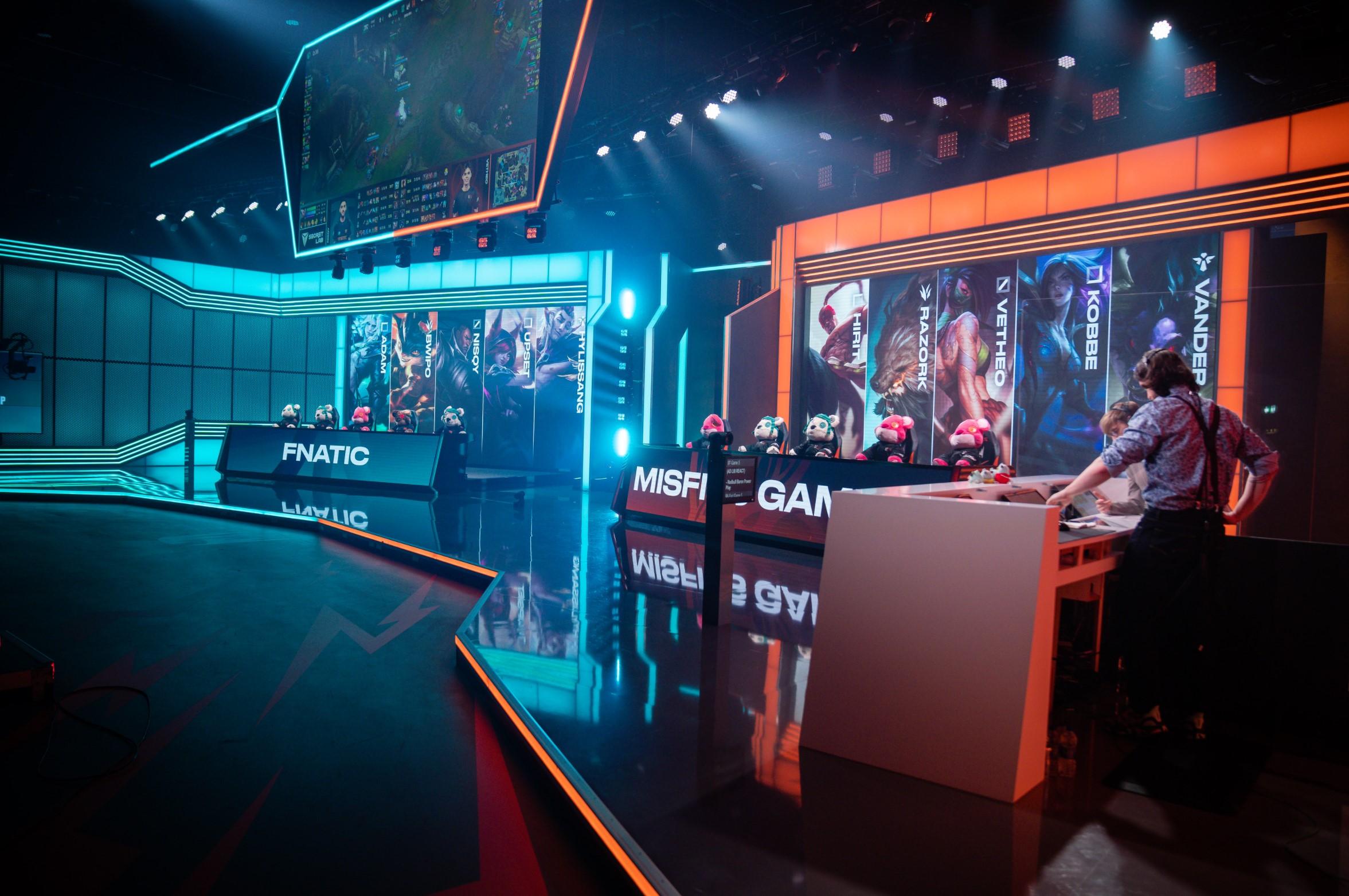
How Game Developers Optimize Titles for Esports Competitions
The popularity of esports has transformed video games into a global stage where people compete. As a result, there are professional players as opposed to just gamers and serious fans rather than casual viewers like before. Nevertheless, what makes some games fit for eSports while others don’t? Is it merely based on attractive visuals and fast gameplay? How can developers improve upon games to appear competitive, just, and amusing to all sides? There is too much at risk; this includes millions of dollars as prize money or in the form of sponsorship. This paper looks at different methods through which game developers could make their products better suited for the esports industry, ensuring that their titles remain enjoyable, sustainable, and capable of continued growth in today’s expanding market.
Balancing Gameplay for Fair Competition
Balance is a key factor that should never be missed when developing an esports game. Game makers have the duty of seeing that there is no one unbeatable mode/character in the game. This is done through constant testing, listening to the players’ thoughts, and modifying gameplay mechanics with time. If some specific character or gun is overpowered, it will break down competitive integrity within games. It is important to make regular patches and updates for equal opportunities for different players; thus, skill and tactics should win out against simple strategies alone.
Incorporating Spectator Features
Esports is as much about the viewers as it is about the players. Developers need to consider the spectator experience when designing a game. This includes implementing features that enhance viewing, such as multiple camera angles, instant replays, and detailed player stats. These elements help engage the audience and make the game accessible to new viewers. Moreover, integrating best igaming software can provide seamless streaming and interactive features, enhancing the spectator experience.
Creating a Strong Competitive Framework
For an esports game to be complete, there must be a good competition plan. The latter should contain tournaments that are well organized, leagues, and rankings so that every player has an opportunity to take part in some kind of event and move forward. In most cases, game designers work hand in hand with professional esports organizations to create these standard competitive formats that attract all gamers. Without exceptions, there must be specific guidelines on gameplay, fairways of matching similar opponents, and very effective software that prevents cheating at competitions. It is important to give prizes in the form of money or things for those who participate and show good results in the tournament mode because this promotes cybersport development. Such prizes may vary from exclusive virtual clothes to real money bonuses aimed at stimulating gamers’ intensive involvement in the game’s competitive side.
Ensuring Technical Stability and Performance
One cannot compromise on technical stability in a popular esports game. The game should have high-performance servers, low latency, and little downtime for players and viewers to experience it without interruption. For these reasons, developers commit substantial resources to infrastructure development to facilitate mass gatherings and cyber tournaments. A single glitch experienced by players may be detrimental enough to lower a game’s reputation, causing it to fail as an export. Routine stress tests and server optimizations help uphold high technical standards. On top of that, game makers integrate sophisticated surveillance instruments that allow them to spot problems and fix them instantly so that there is no break in service for either the players or the audience. It forms the basis of confidence and professionalism within the eSports community.
Engaging the Community
Society is very important to the success of any esports game. Developers need to involve their players by asking for their views and promoting good relations among them. The use of social media, forums, and in-game events can serve as an effective platform for interacting with gamers and creating a sense of unity among them. Through such interactions, the gaming community can be seen as a mirror that reflects what should be added or altered so that the sport remains interesting and suitable for competitive people. By doing so, it becomes clear that customer service creates and enhances a strong, supportive fan base, without which no e-sports project can last long enough. On top of that, activities like Q&A with game makers giving space for content from the community, among other ways, can strengthen these ties and make players even more interested in investing in the games’ environment.
Conclusion
To optimize an esports game, developers must focus on various aspects such as gameplay balance, spectator experience, competitive structure, technical stability, and community engagement. If designers are good at this, they will make games that are very popular in electronic sports and can attract the attention of a worldwide audience. With the growth of the esports sector, it is clear that flexibility and adaptability to such changes will be key features of successful games.


